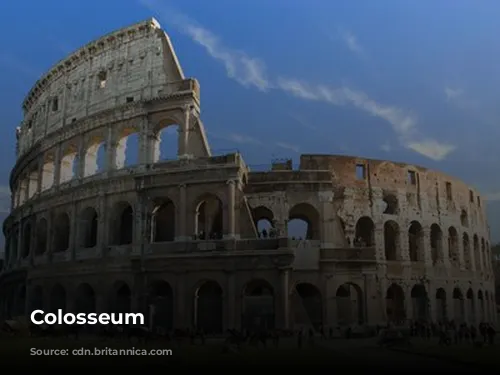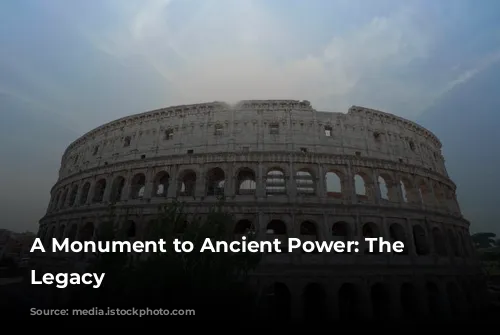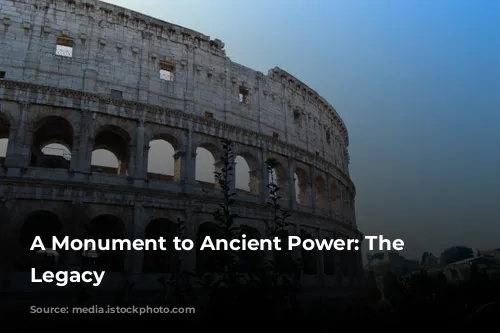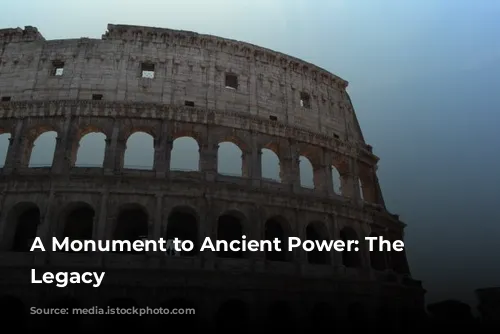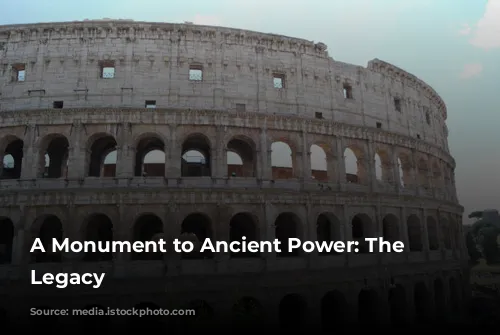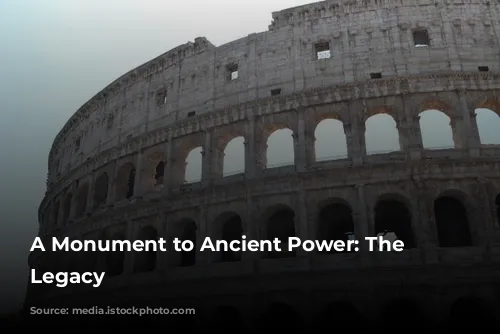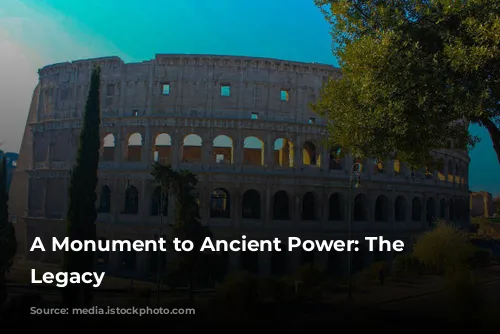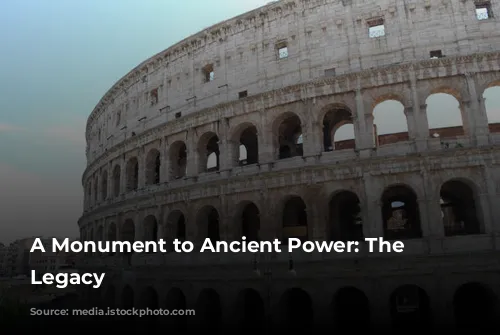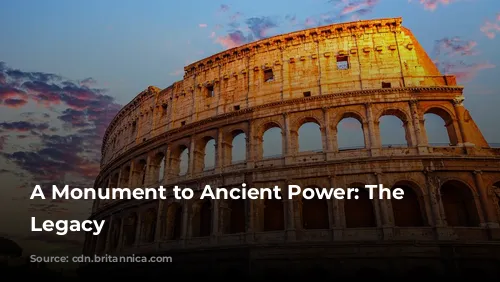The Colosseum stands tall as a timeless testament to Rome’s architectural and engineering genius, a relic from a bygone era that continues to fascinate and captivate people from across the globe. It is one of the few structures from the Roman Empire that has survived the ravages of time relatively unscathed, a silent witness to the grandeur and might of a once-mighty civilization. Not only is the Colosseum a historical treasure, but it also plays a significant role in the Italian economy, generating substantial tourism revenue.
A Tale of Decline and Revival
The Colosseum, once a vibrant hub of entertainment, fell into a state of disrepair after the fall of the Western Roman Empire. It became more than just a relic; it was repurposed, first as a fortress by rival families, then as a quarry, its majestic stones stripped away for construction projects. For over a millennium, the Colosseum languished in neglect, its glory slowly fading. It was only in the 1990s that concerted restoration efforts, funded by the state, breathed new life into this architectural wonder.
A Glimpse into Ancient Entertainment
The Colosseum was a symbol of imperial ambition, built to revitalize Rome after a period of political turmoil. Emperor Vespasian, seeking to appease the Roman populace, envisioned the Colosseum as a grand entertainment venue, a spectacle for the masses. It was a place where gladiators fought to the death, where exotic animals were hunted, and where even mock naval battles took place. The Colosseum’s purpose was to entertain and to showcase the power and grandeur of the Roman Empire.
From Construction to Completion
Construction of the Colosseum began under the reign of Vespasian, starting in the year 70 CE. The Colosseum, a testament to human ambition, was a monumental undertaking. The construction project, fueled by the spoils of war, was carried out by enslaved Jews from Judaea. This project, a colossal undertaking that took years to complete, was officially dedicated in 80 CE by Vespasian’s son, Titus, with a grand celebration of games that lasted for 100 days. The Colosseum’s construction was a testament to the engineering skills of the Romans, who skillfully utilized materials like stone, concrete, and tuff to create an impressive structure.
A Colossal Structure: Architecture and Design
The Colosseum is an elliptical amphitheater, standing four stories tall and measuring an impressive 620 by 513 feet. This colossal structure, capable of accommodating up to 50,000 spectators, was built with meticulous attention to detail. The Colosseum’s unique design, featuring a system of barrel vaults and groin vaults, revolutionized amphitheater construction. It was not simply a stadium, but a marvel of engineering, incorporating an elaborate system of arcades, columns, and a retractable awning that protected spectators from the elements.
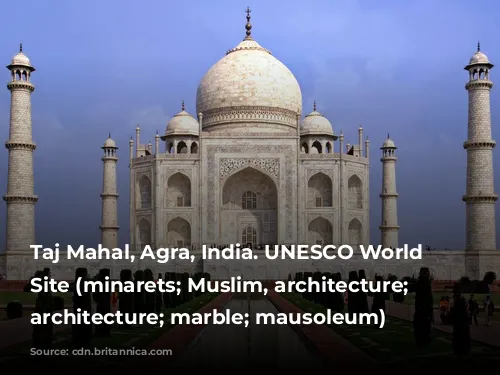
A Stage for Spectacle: The Colosseum’s Purpose
The Colosseum was more than just a building; it was a stage for spectacle, where the lives and deaths of gladiators, animals, and even ordinary citizens were played out for the entertainment of the masses. The Colosseum’s events, from gladiatorial combat to animal hunts and mock naval battles, provided a glimpse into the social and cultural landscape of ancient Rome. The arena was a microcosm of the Roman world, reflecting its values, its brutality, and its fascination with violence and entertainment. While its exact role in early Christian martyrdom remains unclear, the Colosseum undoubtedly played a significant part in the development of Roman society.
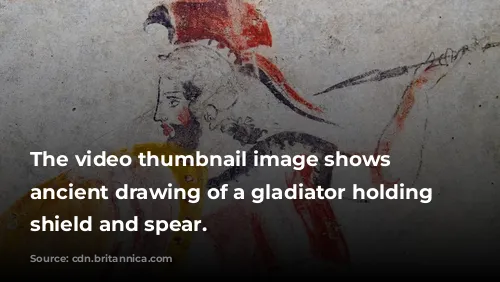
From Glory to Ruin and Restoration
The Colosseum’s glory was not to last. As the Roman Empire declined, the once-grand arena fell into disrepair. The Colosseum, once a symbol of Roman might, became a victim of time, its glory fading as it was repurposed and abused. But its story didn’t end there. Through restoration efforts, the Colosseum has regained its former splendor, becoming a beloved tourist destination and a powerful reminder of Rome’s enduring legacy.
